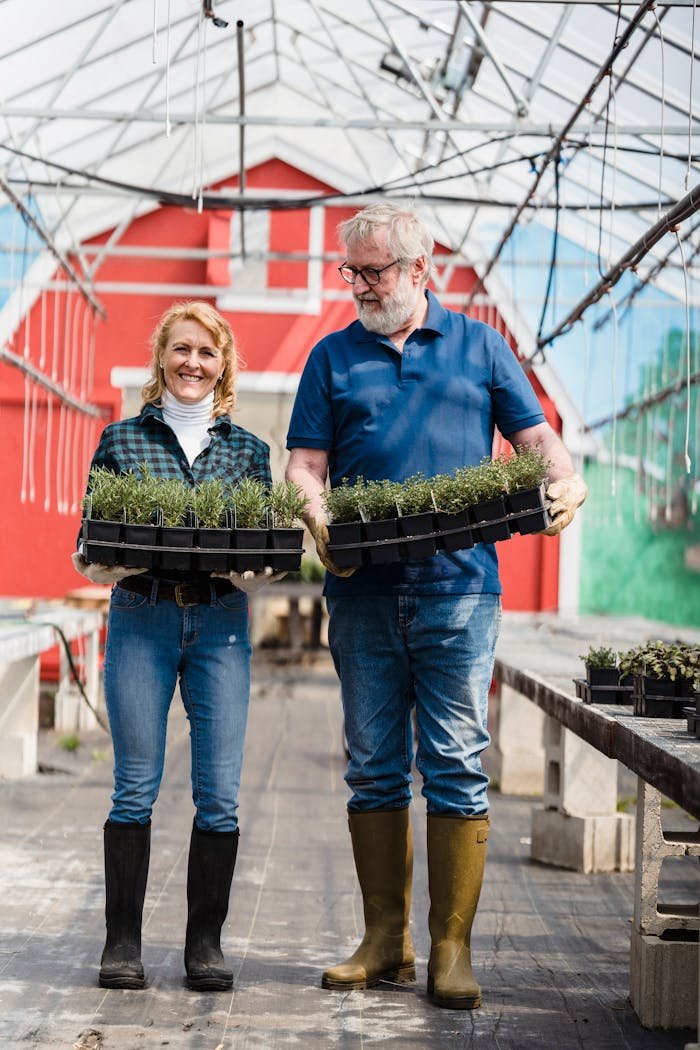Heirloom tomato plants have become a favorite among gardeners across the USA for their rich history, vibrant colors, and unmatched flavor. These traditional tomatoes, passed down through generations, offer more than just beauty—they deliver taste that far exceeds most store-bought varieties. Unlike mass-produced hybrids, open-pollinated tomatoes retain their true genetic traits, allowing gardeners to save seeds season after season.
With over 3,000 unique tomato varieties, from tiny cherries to meaty beefsteaks, there’s something for every garden and palate. Whether you’re growing in raised beds or containers, heirloom tomato seeds thrive with proper care. Their success starts with tomato plant care and ends in flavorful, juicy harvests that celebrate nature’s diversity.
What Are Heirloom Tomatoes Plants ?
Heirloom tomato plants come from seeds that are at least 50 years old. These seeds are passed down through families or farming communities. People love them because they grow into tomatoes with rich flavor and unique shapes. They are not made in labs like hybrid tomatoes, and they can be grown again from their seeds. This is possible because they are open-pollinated tomatoes, meaning nature—like bees or the wind—helps with pollination.
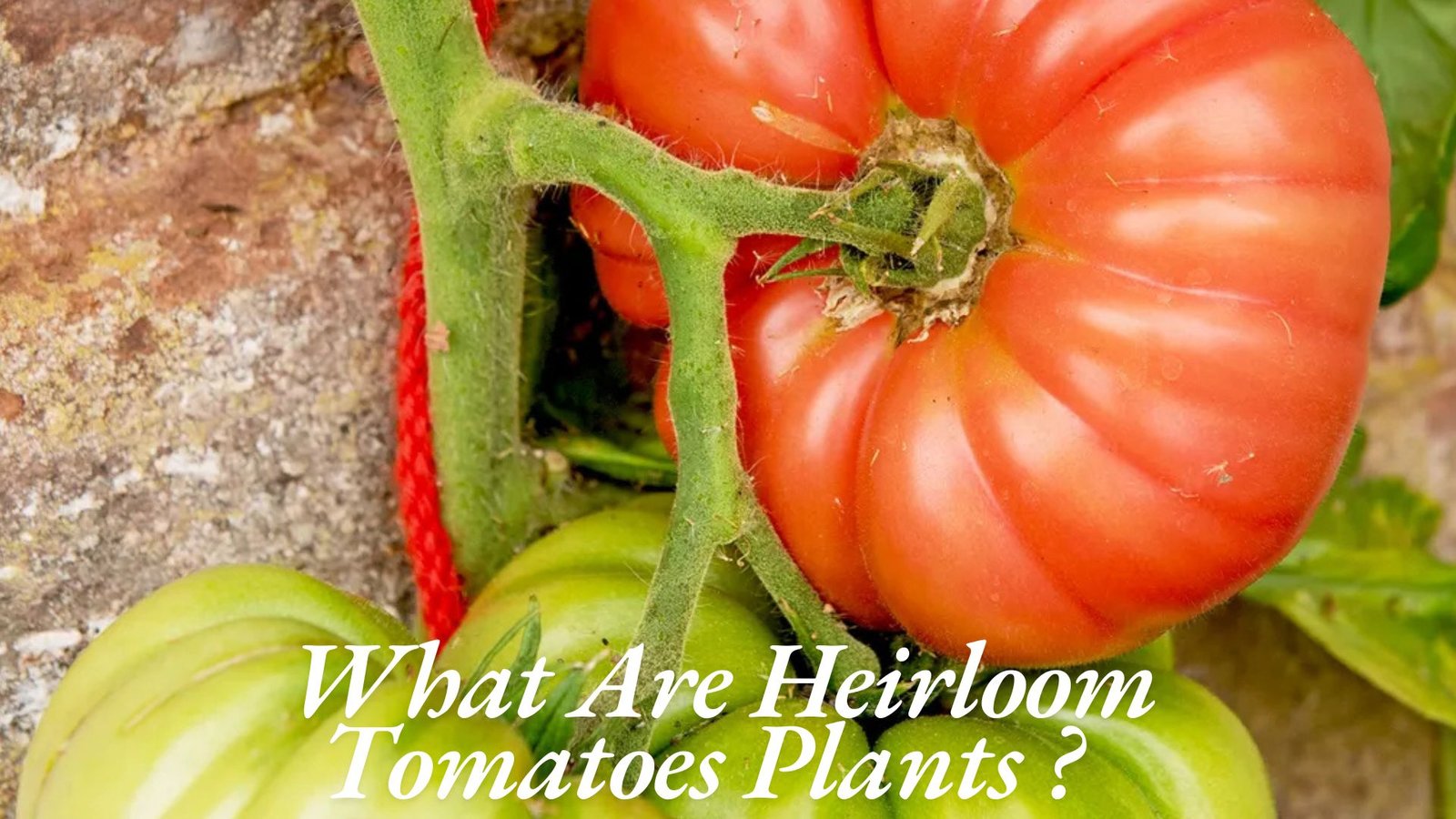
Heirlooms come in many colors, like yellow, purple, black, red, green, and even striped. You can find round, oval, pear-shaped, or even odd-loved ones. They also have a deep flavor. This tomato flavor profile makes them for salads, sandwiches, and sauces. However, heirlooms might not last as long on shelves. They are softer than hybrids, but their taste makes up for it.
Types of Heirloom Tomatoes Plants
There are many tomato varieties of heirlooms. Some are big and meaty, while others are small and sweet. Large are perfect for slicing. Smaller ones like cherry and grape types grow quickly and are for snacking or adding to salads. These are some of the best-tasting tomatoes you’ll ever find.
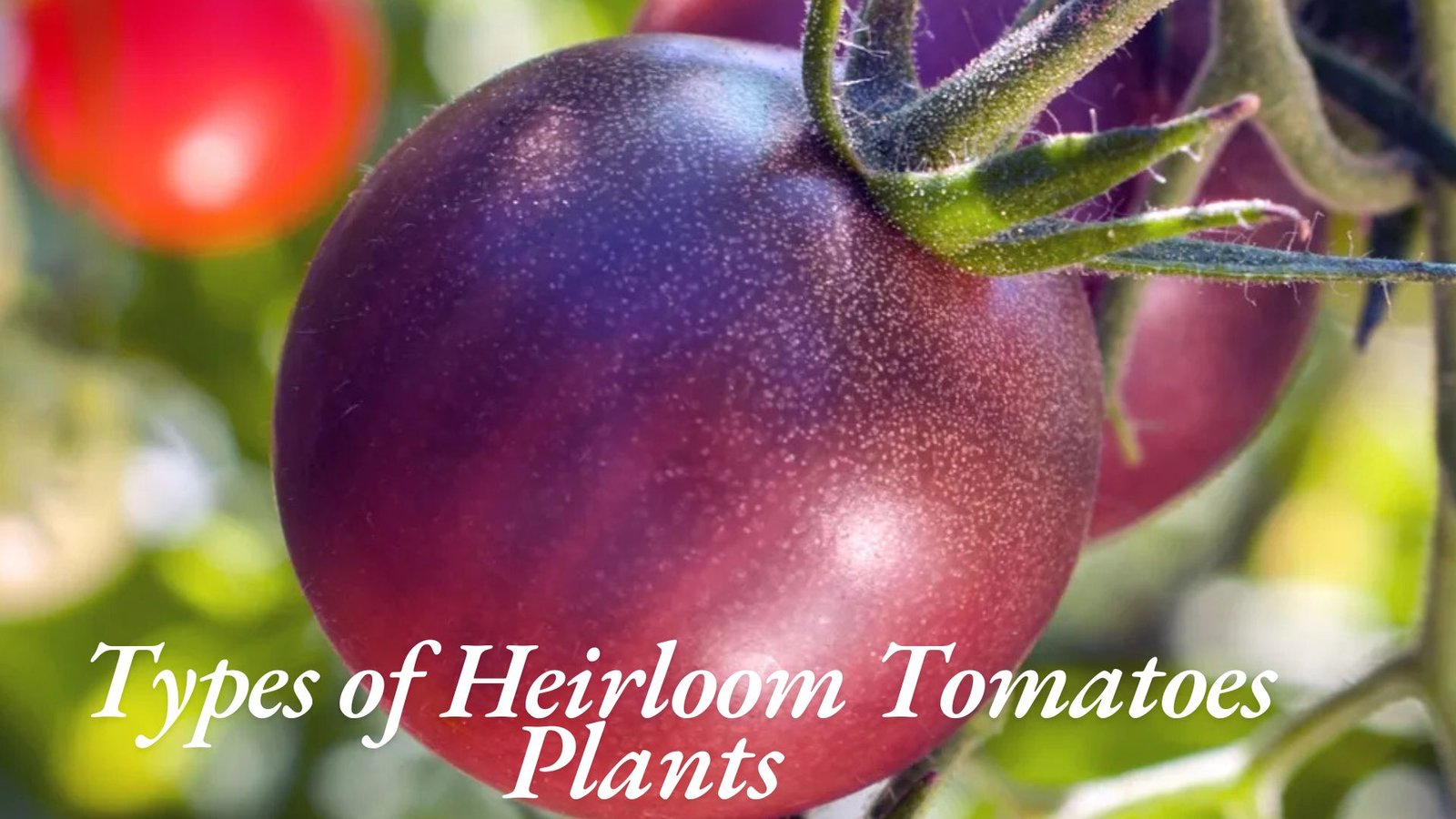
Heirlooms also come in different growing types. Most are indeterminate tomatoes, which grow tall and need support. They keep all season. A few are determinate, meaning they grow like bushes and produce fruit all at once. Knowing the difference between determinate vs. indeterminate helps you choose what’s right for your garden.
Best Heirloom Tomato Plants Varieties to Grow
Choosing the right heirloom tomato plants depends on your taste and where you live. Some varieties are better for beginners. Others are better for flavor, and some work well in harsh climates. Many gardeners in the USA love Cherokee Purple, Brandywine Tomatoes, Black Karim, and Mortgage Lifters. These tomatoes are rich in flavor and easy to grow with the right care.
Here’s a table of some popular varieties and their traits:
Variety Type Flavor Profile Days to Maturity Best For
Brandywine tomato Indeterminate Sweet, rich, 85–90 days Slicing sandwiches
Cherokee Purple Indeterminate Smoky, deep, 75–80 days Fresh eating
Black Karim Indeterminate Tangy, salty, sweet 70–75 days Salads, slicing
Subarctic Plenty Determinate Mild, classic tomato taste 50–55 days Cold-hardy tomatoes
Black Prince Indeterminate Earthy, deep, juicy 70–75 days Cooler climates
How to Grow Heirloom Tomatoes
Growing heirloom tomato plants starts with seeds and a bit of care. Many gardeners start with heirloom tomato seeds indoors. It is called seed-starting indoors and is perfect for cold areas. Start seeds 6 to 8 weeks before the last frost. Make sure to place them in a warm, sunny window or use grow lights. will help with healthy seed germination.
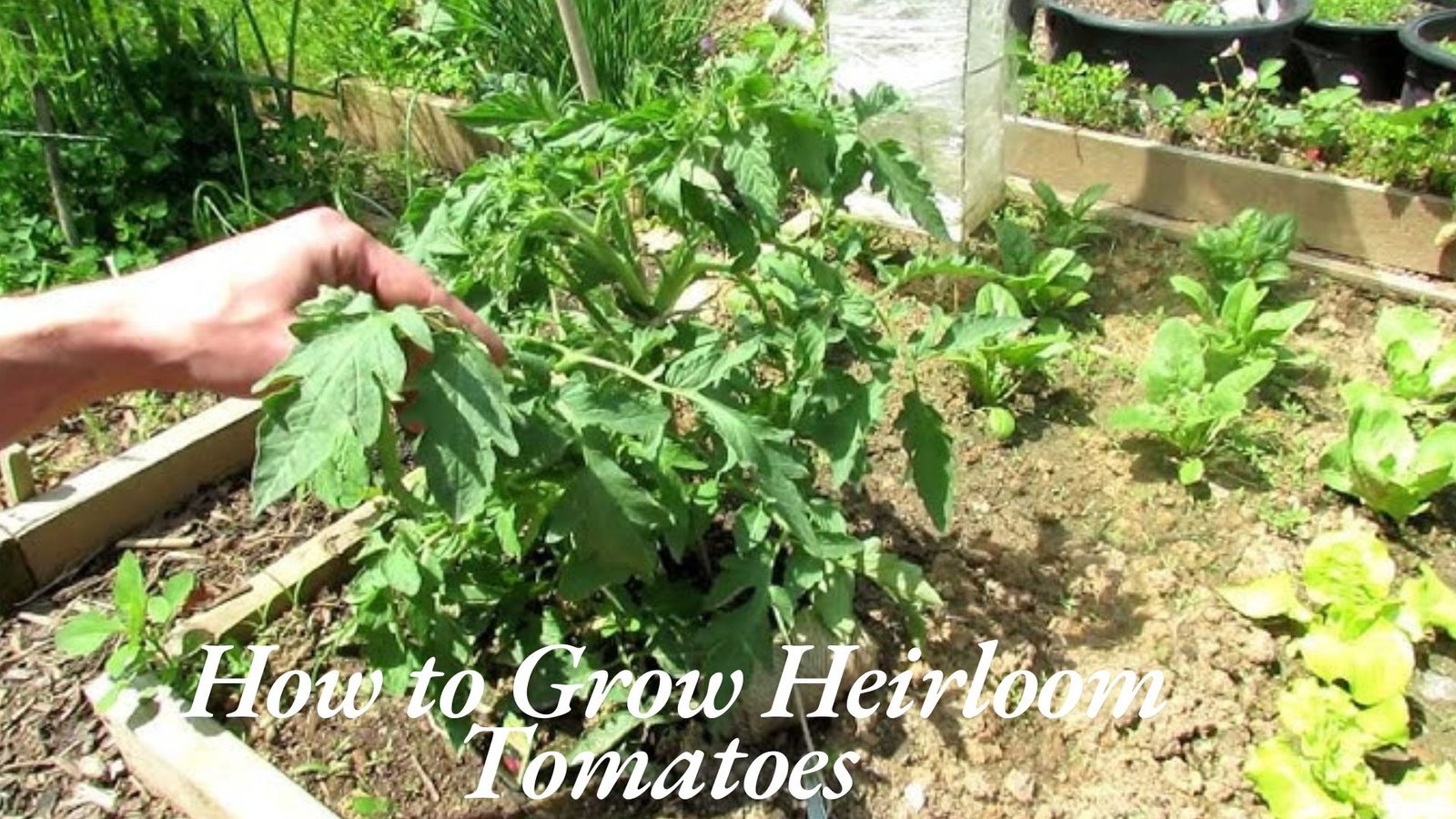
Once the danger of frost is gone, move your young plants outdoors. Heirlooms need at least six to eight hours of sun each day. We refer to them as full-sun vegetables for this reason. They love rich, well-draining soil. Add soil amendments for vegetables, like compost or aged manure. These help with growth and improve the texture and nutrients. You can also use organic fertilizer for tomatoes to boost fruit production.
When, Where How to Plant
Timing is key when planting heirloom tomato plants. In most USDA hardiness zones, it’s best to plant after the last frost. Warmer zones can plant earlier, while colder zones should wait until mid- to late spring. Use the back of the seed packet or a local guide to the right time in your region.
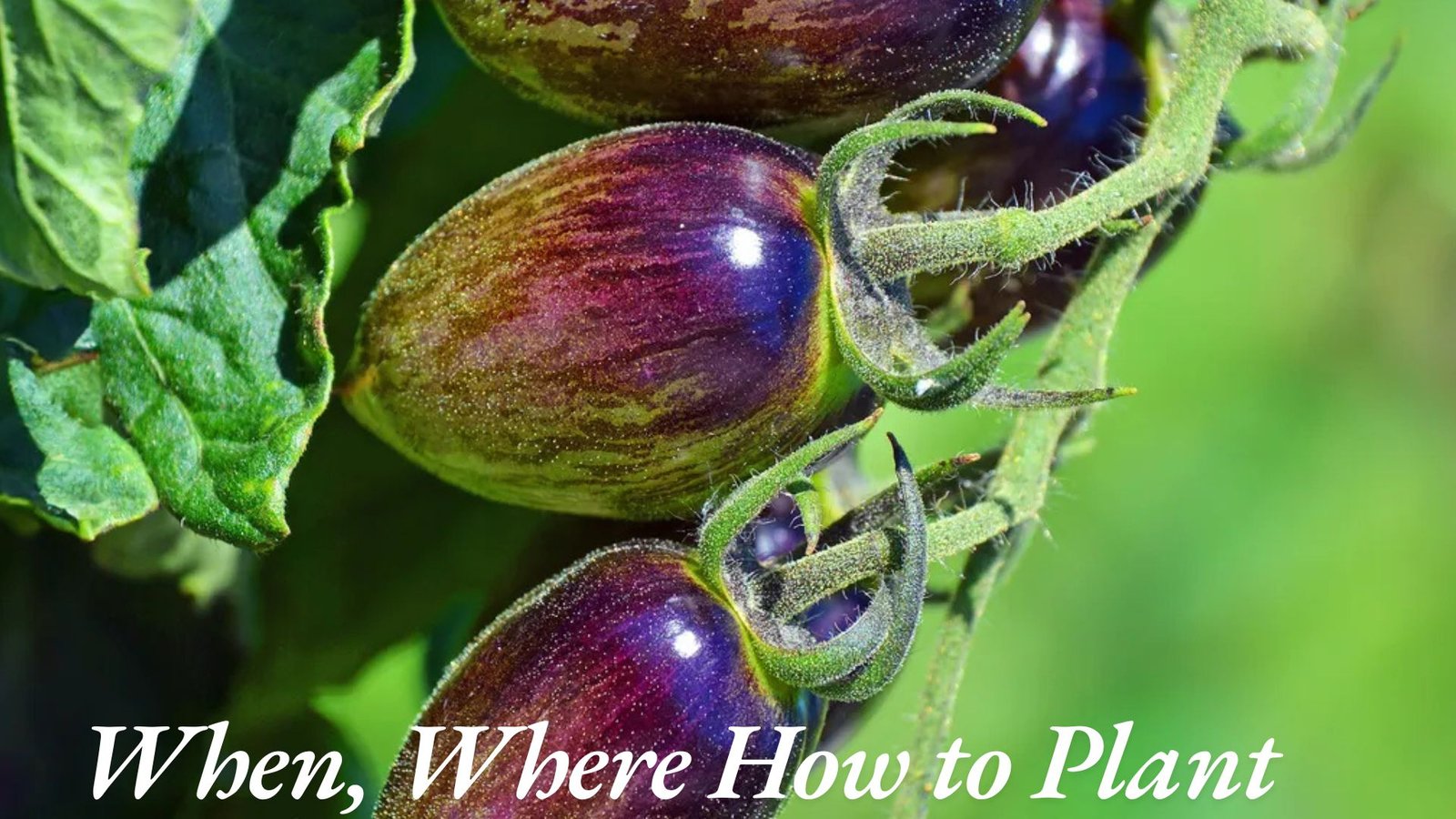
Where you plant also matters. These tomatoes grow well in raised beds, large pots, or directly in the ground. Choose a sunny, warm place. Tomato plant spacing is important. Give each plant 18 to 36 inches of space so air can move around them. helps prevent disease and gives room for growth. Add mulch around the base using tomato mulch to hold moisture and stop weeds.
Heirloom Tomato Plant Care
To keep your heirloom tomato plants healthy, you’ll need to give them proper care. Water them deeply once or twice a week, depending on the weather. If it’s hot, you may need to water more. Always water at the base of the plant, not the leaves. helps prevent tomato diseases like tomato blight or calcium deficiency, which can cause blossom end rot.
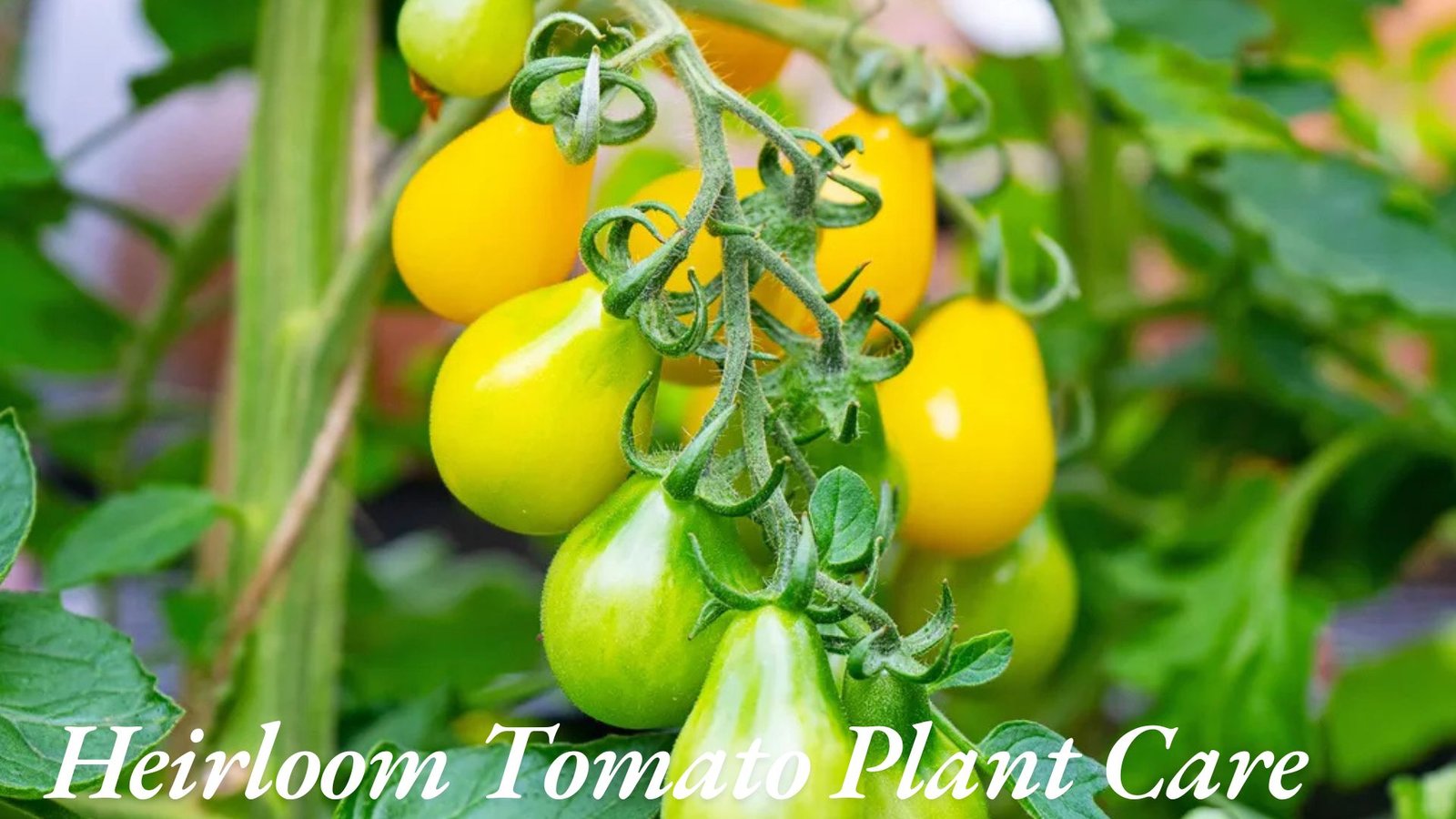
Use tomato mulching tips to keep soil cool and moist. Add mulch made from straw or shredded leaves. Use organic fertilizer for tomatoes every few weeks. Support taller varieties with garden trellises or stakes. keeps fruit off the ground and improves airflow. remove small branches called pruning suckers that grow between main stems and leaves. This step, from the tomato pruning guide, helps the plant focus on growing fruit.
Common Problems and Pests
Even healthy heirloom tomato plants can face trouble. Some common pests include tomato hornworms, aphids, and whiteflies. You can use things like handpicking pests, spraying neem oil, or using traps. Planting can also keep bad bugs away.
Diseases can be another challenge. Problems like blossom end rot, tomato blight, or spots on leaves often come from poor soil, bad watering habits, or too much rain. To stop this, rotate where you plant tomatoes each year. It is called crop rotation. Use mulch, water regularly, and never let the soil get too dry or too wet.
Harvesting and Saving Seeds
When fruits look full-colored and slightly soft, they are ready to harvest. Pick tomatoes by hand and don’t let them over ripen on the vine. You can enjoy them fresh or turn them into sauce or juice. For saving seeds, use only the best fruits. Scoop out the seeds and pulp. Let them sit in water for 2 to 3 days to ferment. Then rinse and dry them on a paper towel.
Once dry, store the seeds in a cool, dry place. Use a small envelope or glass jar. you know what to plant next season. Tomato seed saving lets you grow the same delicious tomatoes again. It also makes gardening cheaper and helps preserve rare types.
Growing Inspiration & Real Stories
Many USA gardeners have heartwarming stories about heirloom tomato plants. One gardener from Ohio shared how her great-grandfather brought Black Prince seeds from Russia in his coat pocket. Another from Georgia grows Cherokee Purple every year to honor her Southern roots. These tomatoes become part of family history, shared through meals and memories.

In California, a young couple turned their backyard into a mini tomato farm during the pandemic. They now grow and sell organic tomatoes, helping others discover the joy of homegrown flavor. These stories show how heirloom tomato seeds can connect us to our past and inspire new beginnings.
Conclusion
Growing heirloom tomato plants you’ll love is more than gardening. It’s a chance to bring history, flavor, and beauty into your life. From Black Karim to Sub Arctic Plenty, there’s a perfect variety for every garden and every climate in the USA. These plants need attention, but they give back so much more in taste and reward.

Whether you’re planting in containers, Raised planters, or wide Planting areas, heirlooms bring excitement and wonder. Choose a few to try this season. Start from seed, care for your plants, and soon you’ll enjoy some of the best-tasting tomatoes you’ve ever had. These aren’t just tomatoes—they’re living stories waiting to Regrow.
FAQs
1. What is the secret to growing heirloom tomatoes?
Provide full sun, rich soil with compost, deep watering, and regular pruning for healthy, flavorful heirloom tomato plants.
2. What is so special about heirloom tomatoes?
They’re open-pollinated tomatoes with rich flavor, unique shapes, and a history passed down through generations.
3. What is the best heirloom tomato to grow?
Brandywine tomato and Cherokee Purple are top choices for flavor, while Sub Arctic Plenty is ideal for cooler climates.
4. What is the difference between an heirloom tomato and a regular tomato?
Heirlooms are open-pollinated and naturally bred, while hybrid tomatoes are lab-created for uniformity and shelf life.
5. Should I prune my heirloom tomatoes?
Yes, pruning indeterminate tomatoes helps increase airflow, reduce disease, and boost fruit production.



